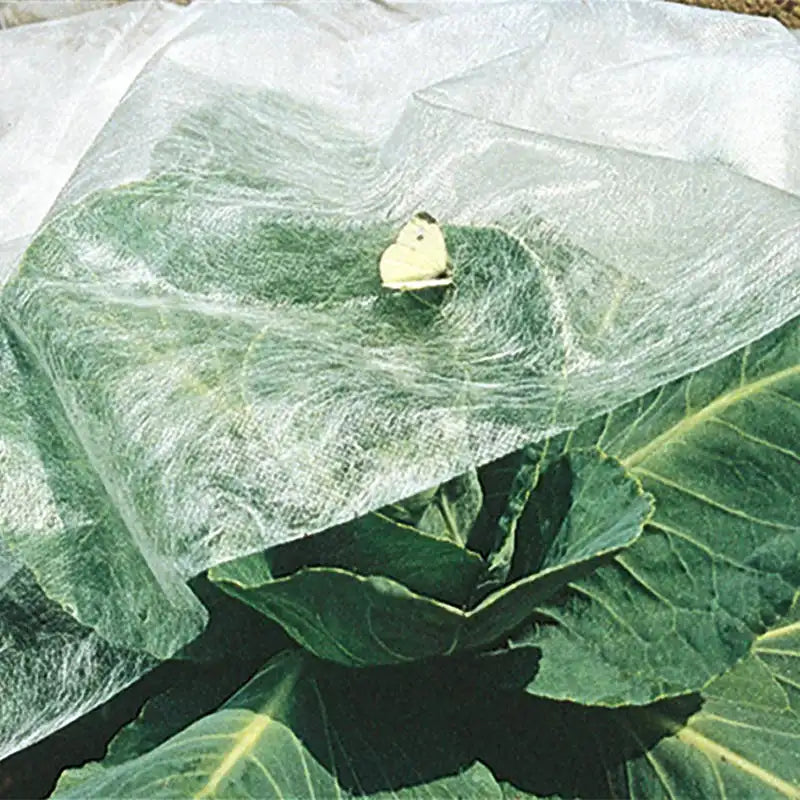The Cicadas are Coming—Again!
At this time last year, we reported that the summer of 2024 would host an unusual event—the emergence of a brood of The World's Most Unusual Insects: Cicadas!
First, a little math. There are three main types of these colorful, buzzing, insects whose overall species name for the periodic ones is Magicicada, (Ma-ja-say-duh (say fast), a combination of the words 'Magic' and 'cicada'.
Annual cicadas are just like most other insects; they mate shortly after emerging, and then (with cicadas) the females lay their eggs inside the limbs of small trees. After the eggs hatch, the larval forms drop to the ground and then quickly dig their way underground, waiting for a single year to pass. These cicadas have black or brown eyes.
Periodical cicadas are another story. They stay underground for over a decade, then they all emerge at the same time. One of their “broods” reappears every 13 years, while another returns every seventeen years, their timing so reliable that their appearances can be predicted a hundred years in advance. Periodical cicadas have VERY distinctive red eyes and make lots more noise than the annual types because there’s so many of them.
This is why you see some cicadas every summer (the annual visitors) and some summers you can’t see anything BUT cicadas. And this year we have the equivalent of a major rock and roll reunion: The return of the first ‘official’ brood!
To help keep track of their emergence times, specific broods have been given identifying numbers in the form of Roman Numerals. This year we welcome back (by the trillions) Brood XIV (14), {quote} “the same brood that was first recorded in 1634 by pilgrims in the Plymouth colony.”
Last year’s “Swarmagedon” was a two-brood experience (Number VIII (8) and number XIX (19)) that swarmed over most of the South and Midwest. This year’s show will mostly occur in the Northeast, beginning up around Plymouth (of course!), through New York, PA, West to Indiana, Ohio and Kentucky and down into Georgia.
What does this sudden appearance of trillions of weird looking, buzzing, red-eyed insects mean to you? Plenty if you have young trees. While semi-hibernating for thirteen or seventeen years slowly sucking on the roots of plants (causing no harm), the larval forms have gone through several 'molts', gaining size every time.
They climb up on a surface and go through a final molt, leaving their extremely creepy exoskeletons behind on trees, cars, walls--wherever and everywhere. They need to dry their wings for a few days, then the males go in search of females and mate. This is when trees—especially young trees—are in danger. After mating, the females cut slits in their branches to lay their 600 or so eggs apiece. They don't eat the branches, but the slitting damage can be severe, especially when the attacked trees are still young and small.
Forget about spraying; the cicadas are not vulnerable, there are just too many of them, and you'd be harming the birds, toads, and other predators like the famed cicada killing wasp that feast on this huge buffet. (These large wasps pose no threat to us; they’re just here for the cicadas.)
One solution is to cover young trees--especially fruit trees--with insect netting, like a lightweight row cover, until the invasion is over. Other sources recommend coating young branches with peppermint oil to repel the females. The Morton Arboretum in Illinois goes so far as to suggest not planting new trees this Spring in their predicted areas. Instead, Leave the trees out in pots in a sunny spot until you hear buzzing and then cover them with netting or move them to a safe spot indoors. The attack will only last a few weeks.
Fall is a much better time to plant trees than Spring anyway. If you're just now thinking about planting new trees this year, you're in luck. Delay buying and planting the trees until the end of summer and you no longer notice the outdoor racket.
These predictable periodic emergences were first described (in Philadelphia, of course) in the 1700s. Following that, naturalists like Jefferson and Franklin started keeping track of the {quote} "American Locust" emergence years. (Thankfully, cicadas have no actual connection with true locusts, a form of grasshopper whose huge swarms decimate crop lands and anything else they can eat.)
Native to mostly Eastern and mid-West North America from Canada on down, all of the cicada broods do NOT emerge in the same year. (That would be extremely unsettling.) That's why they name those broods, so entomologists can predict the areas of emergence from year to year, which gives farmers and gardeners time to prepare. My home state of Pennsylvania has seen some monster broods emerge over the last few centuries, and it appears this will be another such summer.
The emergence time is mid-to-late April in warm climates, to June in chilly ones. That means it is now time to prepare--especially in regions where the emergence will be so dense you can't read the name of the state on an overlay map of the invasion.
And no, they don't bite, sting or otherwise harm humans. Their only defense against predators is their sheer numbers.


